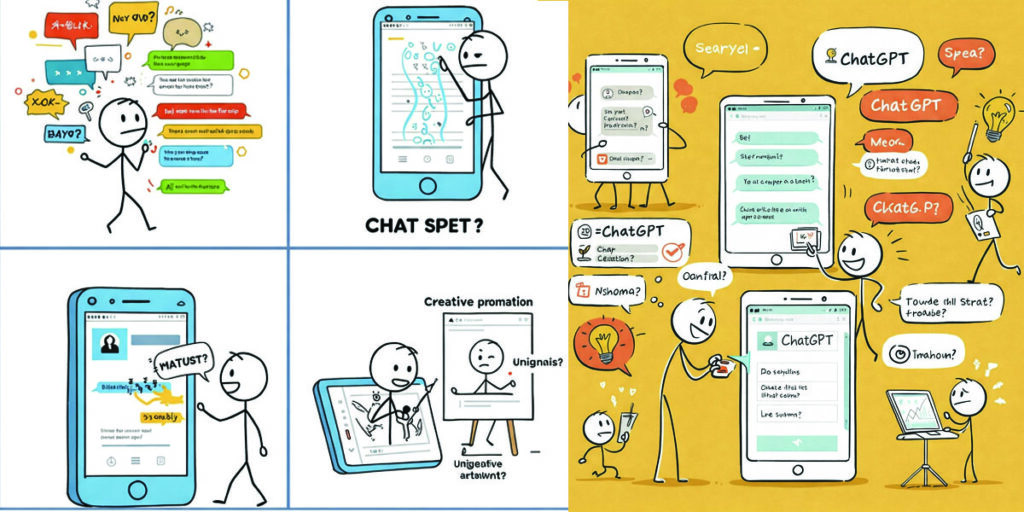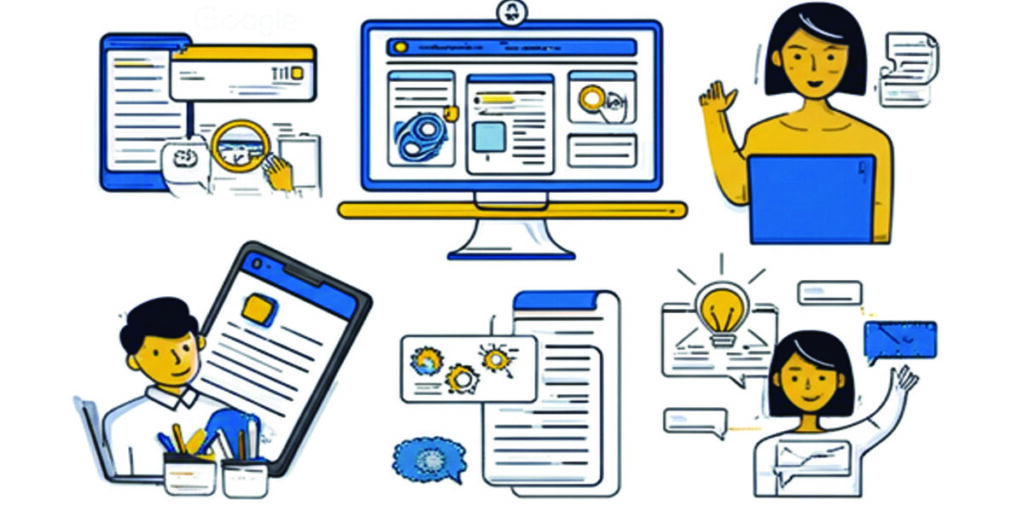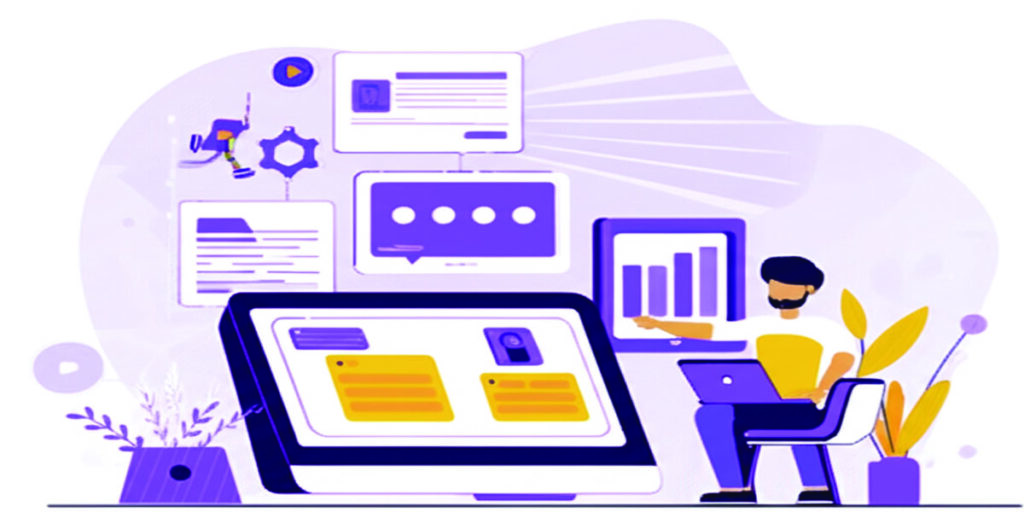AI-powered language translator known for its accuracy and fluency.
DeepL Translator has rapidly established itself as a leading force in the realm of AI-powered language translation. Renowned for its exceptional accuracy and natural-sounding fluency, it has garnered significant attention from individuals, businesses, and institutions worldwide. To truly understand its impact, we must delve into its history, analyze its position within the economic market, and explore its networking effects in a globally connected world.
A Genesis Rooted in Linguistic Expertise and Technological Innovation
The story of DeepL begins not with a sudden technological breakthrough, but with years of dedicated work in the field of computational linguistics. The company behind DeepL, initially known as Linguee, was founded in 2009 by Gereon Frahling, Leonard Fink, and Torsten Cziesla. Linguee started as an online dictionary platform that uniquely combined human-translated texts with machine learning algorithms. This innovative approach allowed users to see how words and phrases were translated in real-world contexts, providing a level of nuance and accuracy that traditional dictionaries often lacked.
For nearly a decade, Linguee meticulously built its vast database of high-quality bilingual texts across numerous language pairs. This painstaking process of collecting and curating reliable translation examples laid the crucial groundwork for the development of DeepL. The founders recognized the limitations of existing machine translation systems, which often struggled with idiomatic expressions, contextual understanding, and producing truly natural-sounding translations. They envisioned a system that could go beyond mere word-for-word conversion and capture the subtle nuances of human language.
In August 2017, Linguee unveiled DeepL Translator. This new translation service was a significant leap forward, leveraging cutting-edge advancements in deep learning, a subfield of artificial intelligence. Unlike previous statistical machine translation models that relied on analyzing large amounts of text data for patterns, DeepL employed neural networks with sophisticated architectures. These neural networks, trained on Linguee’s extensive and high-quality bilingual data, learned the intricate relationships between languages at a much deeper level.
The immediate impact of DeepL was remarkable. Early users and independent evaluations consistently praised its superior accuracy and fluency compared to other prominent machine translation services available at the time. It demonstrated an uncanny ability to handle complex sentences, idiomatic expressions, and even subtle stylistic variations with a level of naturalness that was unprecedented. This breakthrough was not just a marginal improvement; it represented a paradigm shift in the quality and reliability of machine translation.
The initial launch of DeepL supported a limited number of European languages. However, the company rapidly expanded its language offerings, recognizing the global demand for accurate translation. Over the following years, DeepL steadily added support for more languages, including widely spoken ones like Chinese, Japanese, and Korean, as well as a growing number of other languages from around the world. This continuous expansion has been crucial to its global adoption and market penetration.
Furthermore, DeepL has consistently focused on refining its underlying technology. The company has invested heavily in research and development, continuously improving its neural network architectures, training methodologies, and language models. This commitment to innovation has allowed DeepL to maintain its competitive edge and further enhance the quality and speed of its translations.
Navigating the Economic Landscape: Market Positioning and Business Models
DeepL operates within a dynamic and rapidly growing market for language services and technologies. This market encompasses a wide range of offerings, including human translation services, machine translation software, localization services, and language learning tools. Within this broader landscape, DeepL has carved out a distinct position as a provider of high-quality, AI-powered machine translation.
Several factors contribute to DeepL’s success in the economic market:
- Superior Translation Quality: This is arguably DeepL’s most significant competitive advantage. Its consistently high accuracy and fluency have made it a preferred choice for users who require reliable translations for both personal and professional purposes. This quality differentiation allows DeepL to command a strong position in the market.
- Freemium Business Model: DeepL offers a freemium business model. Users can access a limited version of its translation service for free, with restrictions on text length and file uploads. This free tier allows a wide audience to experience the quality of DeepL’s translations firsthand, driving organic adoption and brand recognition.
- Subscription Plans for Enhanced Features: For users with more demanding translation needs, DeepL offers various subscription plans. These plans unlock features such as unlimited text translation, document translation, API access for integration into other applications, and enhanced data security measures. This tiered pricing strategy caters to different user segments, from individual professionals to large enterprises.
- Focus on Data Privacy and Security: In an era of increasing concerns about data privacy, DeepL has emphasized its commitment to protecting user data. The company states that translated texts are not stored permanently and are used solely for the purpose of providing the translation. This focus on privacy has resonated positively with users, particularly businesses handling sensitive information.
- Integration Capabilities: Recognizing the need for seamless integration with other workflows and applications, DeepL offers API access for developers. This allows businesses and software providers to incorporate DeepL’s translation capabilities directly into their own platforms and services, expanding its reach and utility. Desktop and mobile applications further enhance accessibility and convenience for users.
DeepL’s primary revenue streams are generated through its subscription plans for individual users and businesses, as well as through API usage fees. The company’s focus on providing a premium translation experience justifies its pricing model, particularly for users who prioritize accuracy and naturalness over cost alone.
The competitive landscape for machine translation includes major technology companies offering their own translation services, as well as specialized providers. While some competitors may offer broader ecosystems of services or lower prices, DeepL’s core strength lies in the consistently high quality of its translations. This focus on quality has enabled it to attract a loyal user base and establish a strong brand reputation.
Looking ahead, the economic market for AI-powered language translation is expected to continue its rapid growth. Globalization, increasing cross-border communication, and the proliferation of multilingual content are driving demand for accurate and efficient translation solutions. DeepL is well-positioned to capitalize on this growth by further expanding its language support, enhancing its features, and continuing to innovate in the field of neural machine translation.
The Networking Effect: Connecting People and Information Across Language Barriers
Beyond its technological prowess and market positioning, DeepL has a significant networking effect, facilitating communication and access to information across language barriers on a global scale. This networking effect manifests in several key ways:
- Facilitating International Business and Collaboration: In today’s interconnected global economy, businesses increasingly operate across borders. DeepL enables seamless communication between international teams, partners, and clients, regardless of their native languages. This facilitates smoother collaboration, streamlines business processes, and expands market reach for companies of all sizes. For instance, a multinational corporation can use DeepL to translate internal documents, marketing materials, and customer communications efficiently and accurately, fostering better understanding and stronger relationships across different linguistic regions.
- Enhancing Access to Information and Education: Language barriers can significantly hinder access to information and educational resources. DeepL helps to bridge these gaps by allowing individuals to understand content in languages they do not speak. This opens up a wealth of knowledge, research, and learning materials that would otherwise be inaccessible. Students, researchers, and anyone seeking information can benefit from DeepL’s ability to translate articles, academic papers, and online resources, fostering greater understanding and global learning.
- Promoting Cross-Cultural Understanding and Communication: Language is deeply intertwined with culture. By enabling more accurate and nuanced translation, DeepL can contribute to better cross-cultural understanding. It helps to convey not just the literal meaning of words but also the underlying context and cultural nuances, reducing the potential for misinterpretations and fostering more meaningful communication between people from different linguistic backgrounds. For example, translating literary works or cultural texts with greater accuracy can provide deeper insights into different cultures and perspectives.
- Empowering Individuals in a Globalized World: In an increasingly interconnected world, individuals often need to communicate with people who speak different languages, whether for travel, personal relationships, or accessing online services. DeepL empowers individuals by providing them with a reliable and easy-to-use tool for overcoming language barriers in their daily lives. This can range from translating messages with friends and family abroad to understanding information on foreign websites or navigating in new countries.
- Driving Innovation in Language-Dependent Industries: DeepL’s high-quality translation capabilities can also drive innovation in various language-dependent industries. For example, in the localization industry, DeepL can be used to accelerate the translation process for software, websites, and games, allowing companies to reach global markets more quickly and efficiently. In the media and entertainment industry, accurate subtitling and dubbing facilitated by AI translation can broaden the reach of content to international audiences.
The more people and organizations rely on DeepL for their translation needs, the greater its networking effect becomes. As more content is translated accurately and efficiently, the barriers to cross-linguistic communication and information access are further reduced, creating a more interconnected and understanding global community.
Challenges and the Future Landscape
Despite its significant achievements, DeepL faces ongoing challenges and operates within a dynamic and evolving landscape. One key challenge is the continuous improvement of translation quality, particularly in handling highly nuanced language, idiomatic expressions that are deeply culturally specific, and creative or literary texts where artistic intent and style are paramount. While DeepL excels in many areas, achieving human-level fluency and understanding in all contexts remains an ongoing pursuit for the entire field of machine translation.
Another challenge is the expansion of language support. While DeepL has significantly increased the number of languages it supports, there are still many languages with limited or no coverage. Expanding to include more low-resource languages and dialects requires significant investment in data collection and model training.
Competition from other major technology companies with vast resources and integrated ecosystems also presents a continuous challenge. These companies often offer translation services as part of broader suites of tools and services, which can provide convenience and cost advantages for some users. DeepL must continue to differentiate itself through superior translation quality and a focus on user privacy and data security.
Looking towards the future, the field of AI-powered language translation is likely to witness further advancements. These may include:
- Improved Contextual Understanding: Future models are expected to have an even deeper understanding of context, allowing for more accurate and nuanced translations that take into account the broader situation and intent behind the text.
- Multimodal Translation: The ability to translate not just text but also speech, images, and video in real-time and with high accuracy is a potential future development.
- Personalized Translation: AI could potentially learn individual users’ communication styles and preferences, leading to more personalized and natural-sounding translations.
- Integration with Emerging Technologies: The integration of AI translation with other emerging technologies such as augmented reality (AR) and virtual reality (VR) could1 open up new possibilities for2 real-time language assistance in immersive environments.
DeepL is well-positioned to be at the forefront of these advancements, given its strong foundation in research and development and its commitment to pushing the boundaries of neural machine translation. Its continued focus on quality, user experience, and strategic partnerships will be crucial for maintaining its leadership in the evolving landscape of language technology.
DeepL Translator’s journey from a multilingual dictionary project to a leading AI-powered translation service is a testament to the power of linguistic expertise combined with technological innovation. Its commitment to accuracy and fluency has not only disrupted the market for language translation but has also had a profound networking effect, facilitating communication, access to information, and cross-cultural understanding on a global scale. While challenges remain and the competitive landscape continues to evolve, DeepL’s strong foundation and ongoing advancements position it as a key player in shaping the future of how we overcome language barriers in an increasingly interconnected world. Its history is one of meticulous groundwork and groundbreaking innovation, its economic market presence is built on quality and a user-centric approach, and its networking impact is a testament to its ability to connect people and ideas across the vast expanse of human languages. As AI continues to evolve, DeepL’s role in bridging linguistic divides will only become more significant, fostering a more inclusive and collaborative global society.




















